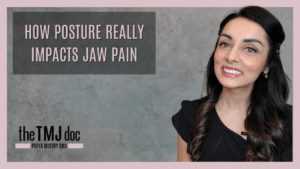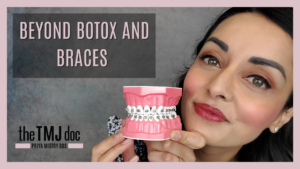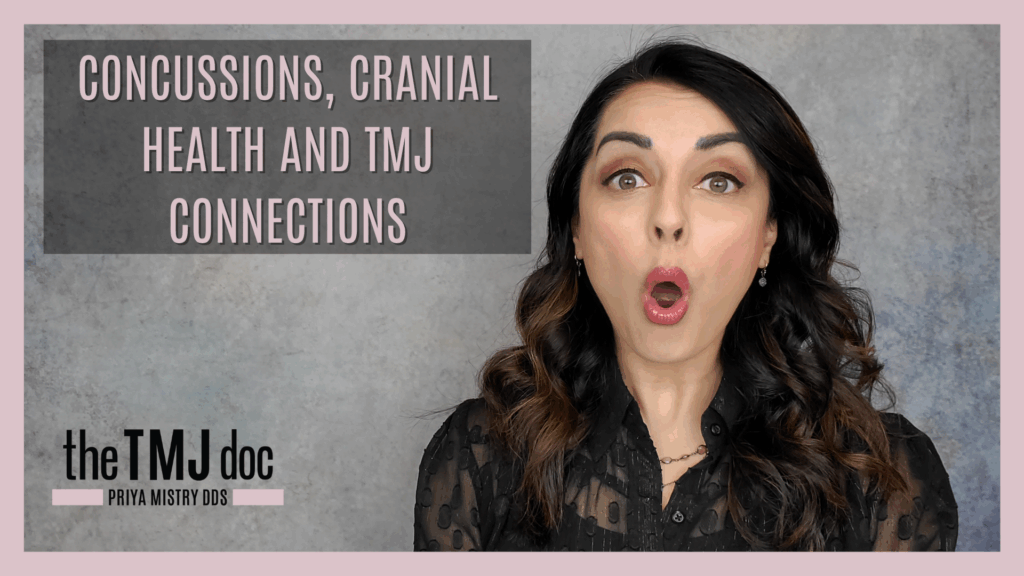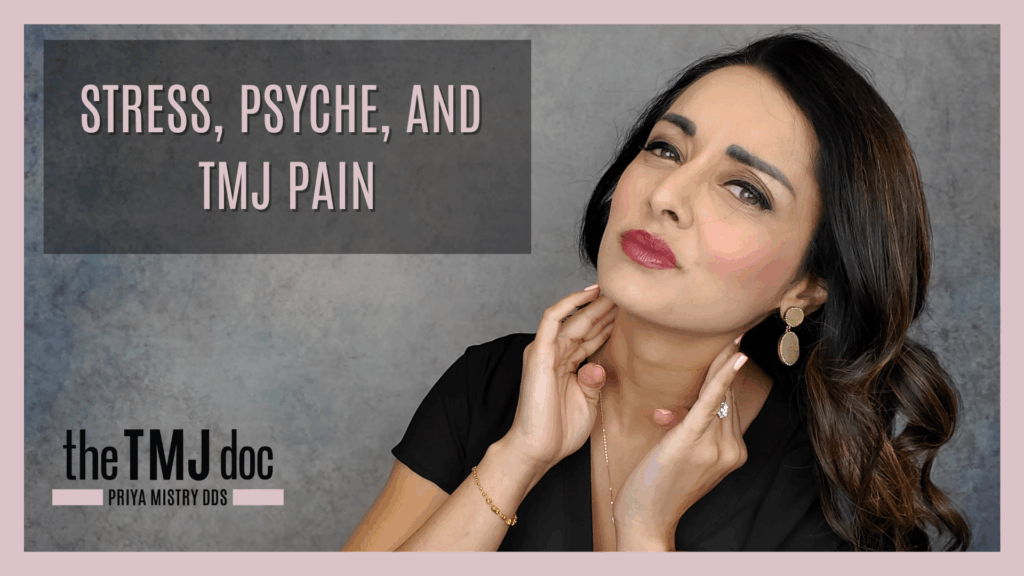In a special episode of the Expect Miracles Podcast, Dr. Priya Mistry shared her insights and expertise on TMJ Disorder (TMJ/TMD). Based in Vancouver, Washington, Dr. Mistry has dedicated her practice to diagnosing and treating TMJ/TMD, providing much-needed relief to countless patients. This blog post delves into the highlights of her discussion on the podcast, aiming to educate readers about TMJ disorders and promote Dr. Mistry’s specialized practice.
From General Dentistry to TMJ Dentist
Dr. Mistry’s journey into focusing her practice on taking care of those with TMJ/TMD began in 2018 when she met Dr. Arthur Parker, a renowned TMJ dentist in Portland, Oregon. Intrigued by his focus solely on TMJ/TMD, Dr. Mistry decided to shadow him. And the rest – as they say – is history. She eventually purchased Dr. Parker’s practice in 2021, moving it to Vancouver, Washington where she continues to build on his legacy.
Understanding TMJ and TMD
TMJ (temporomandibular joint) Disorder, commonly referred to as TMJ/TMD, involves issues with the jaw joints and the muscles controlling jaw movement. Symptoms can range from jaw pain and headaches to ear pain, dizziness, neck pain, tooth pain, jaw clicking/popping, and even jaw locking! Dr. Mistry emphasizes the importance of a thorough history and examination to identify whether the symptoms are muscle-related, joint-related, or both.
The Examination Process
Dr. Mistry’s examination process is comprehensive, starting with a detailed history of the patient’s head, neck, and jaw injuries, bite pattern, and habits like clenching and grinding. She performs muscle palpation, joint evaluation, bite evaluation, and does a postural assessment to identify potential causes of TMJ issues. This holistic approach allows her to pinpoint the root causes and create an effective treatment plan.
Treatment Approaches
Dr. Mistry distinguishes between night guards and TMJ orthotics:
- Night Guard: A device to protect teeth from clenching and grinding but does not address muscle or joint issues.
- TMJ Orthotic: A custom-made device designed to position the jaw in an optimal position, treating both muscle and joint issues AND protecting the teeth from the forces of clenching and grinding.
She utilizes neuromuscular dentistry techniques, sophisticated technology, and her knowledge of the TMJ condition to determine the correct jaw position. Her treatment regimen often includes both daytime and nighttime orthotics, combined with craniofacial therapy to relax and realign the muscles and joints. She also uses T-Scan and Disclusion Time Reduction (DTR) therapy.
Addressing Compliance Challenges
Ensuring patient compliance, particularly with daytime orthotics, can be challenging. Dr. Mistry educates her patients on the importance of wearing the orthotic to achieve progress. The nighttime orthotic is generally easier for patients to comply with, as they are sleeping and don’t have to speak when wearing it.
Integrating Other Specialties
Dr. Mistry collaborates with Upper Cervical Chiropractors to address neck misalignments that may affect jaw function. She also works with PRI (Postural Restoration Institute) Physical Therapists, Massage Therapists, and Osteopaths. Dr. Mistry rarely uses Botox as it’s a neurotoxin and due to its potential impact on airway function but remains open to it in specific cases.
Causes and Prevention of TMJ Disorder
Common causes:
- Imbalanced Bite: an imbalanced bite is the #1 causative factor of TMJ/TMD!
- Stress: Leads to increased clenching and grinding.
- Sleep-Disordered Breathing: Conditions like sleep apnea can worsen clenching and grinding.
- Hypermobility: Conditions like Ehlers-Danlos syndrome can cause joint instability.
- Hormones: Hormonal fluctuations, particularly in women, can impact TMJ function.
- Orthodontic Treatment: Changes in bite alignment during or after treatment can affect TMJ function.
Dr. Mistry advises patients to avoid habits and foods that strain the jaw – such as chewing gum, resting your hand against your jaw/face, biting your nails, and more.
Success Stories and Patient Outcomes
Dr. Mistry shared success stories of patients experiencing significant relief from TMJ symptoms through her treatments. For example, one patient with chronic headaches found relief within a week of using the nighttime orthotic. While treatment duration varies, most patients see improvement within four to eight months, depending on the severity of their condition.
Conclusion
Dr. Priya Mistry’s dedication to TMJ disorders offers hope and effective treatment to patients suffering from these often-debilitating conditions. Her comprehensive, personalized approach underscores the importance of specialized care. For more information or to schedule a consultation, visit Dr. Mistry’s website or follow her on social media for the latest updates and educational content.
Explore more about TMJ disorders and find valuable resources on Dr. Mistry’s social media platforms:
- Instagram: @the_tmj_doc
- YouTube: Dr. Mistry’s YouTube Channel
- TikTok: @the_tmj_doc TikTok!
Don’t lose hope—there is help available for TMJ/TMD and Dr. Priya Mistry is here to guide you on your journey to relief and an improved quality of life!







